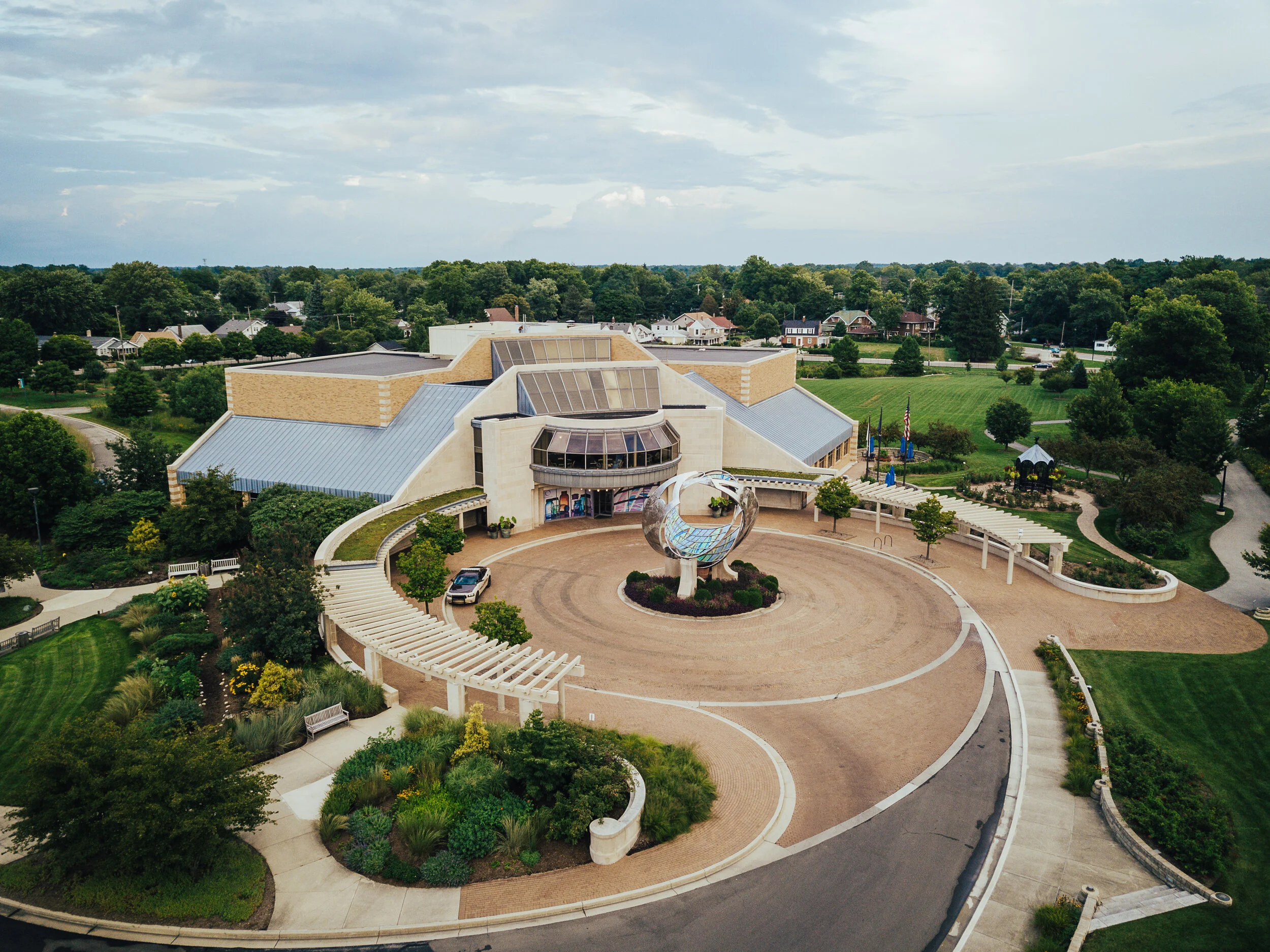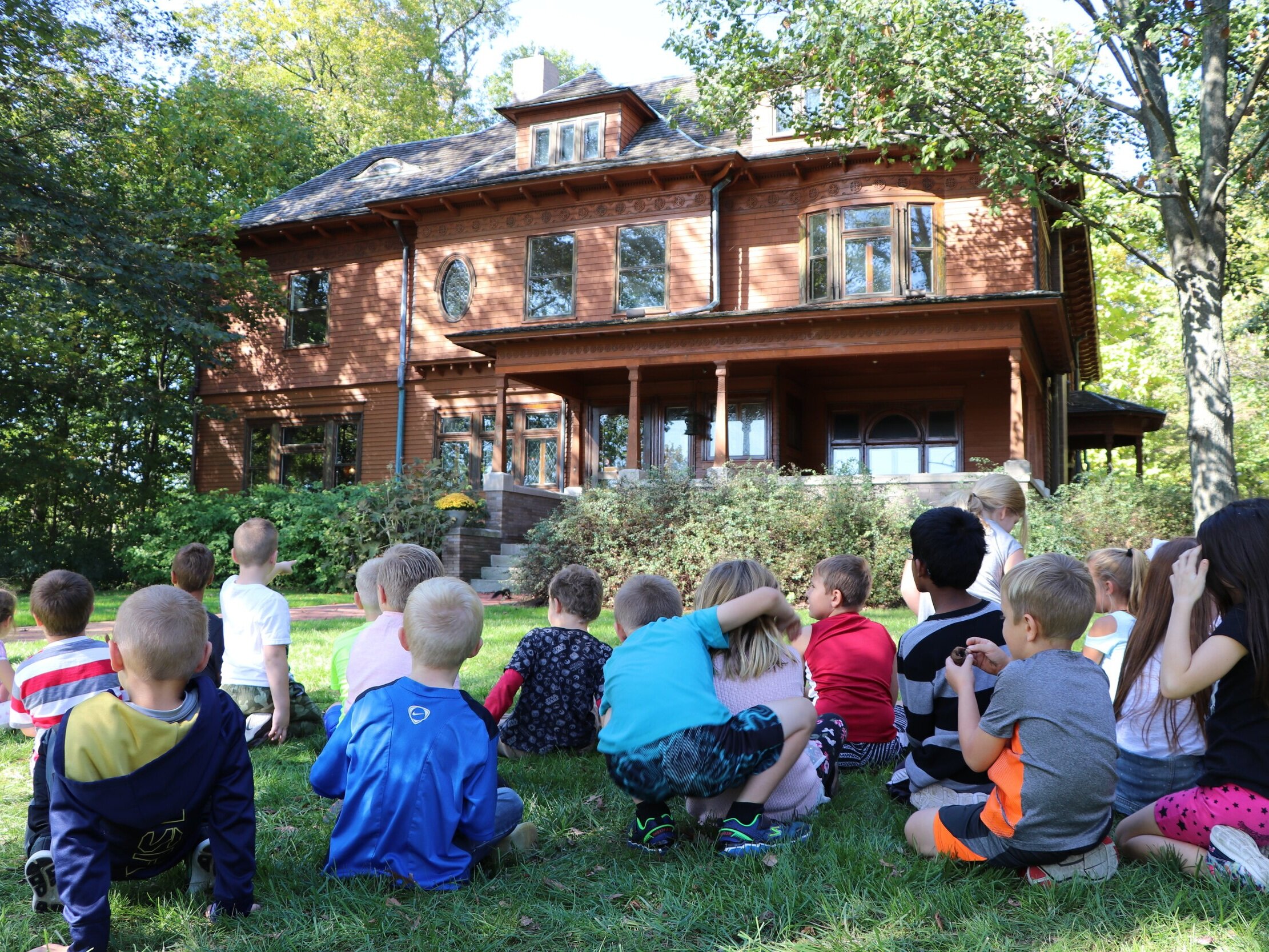What Makes a Better Baby?
While I was looking through the Minnetrista Heritage Collection for artifacts to include in an upcoming exhibit about children, I came across a yellow ribbon awarded for “Fifth Premium” in the Better Baby Contest held at the Indiana State Fair in 1926. Really! How does one determine what makes a “Better Baby?” I did a little research. First, I found a photograph depicting “Better Babies Day” at the Delaware County Fair in 1924. Hmmm—that ribbon wasn’t an anomaly.
I found out that Better Baby Contests were held across the country starting around 1910. The contests were developed as part of the movement to combat infant mortality and to improve home environments and infant care. According to Woman’s Home Companion magazine, by 1915, more than 200,000 infants and children had participated in a contest. The magazine developed the “Better Babies Standard Score Card” in conjunction with physicians and promoted the contests.
So what were the criteria for determining which babies were better? Babies were measured for height and weight, checked for symmetry, and the quality of their skin and bones. The size and shape of facial features were also noted. In addition to physical characteristics, psychological factors were taken into consideration, including disposition and attention span. Measurements and observations were checked against the standardized chart of “normal.” Winning babies were awarded ribbons and, in some contests, cash prizes.
The yellow ribbon in the Heritage Collection was awarded to Clyde Richard “Dick” Stodghill. Apparently, coming in fifth didn’t have a negative effect on Mr. Stodghill. He grew up to be a reporter, columnist for the Muncie Evening Press, and mystery writer. The ribbon is part of a collection that documents Mr. Stodghill’s life and career.





